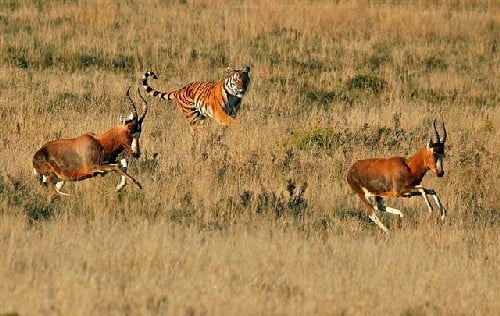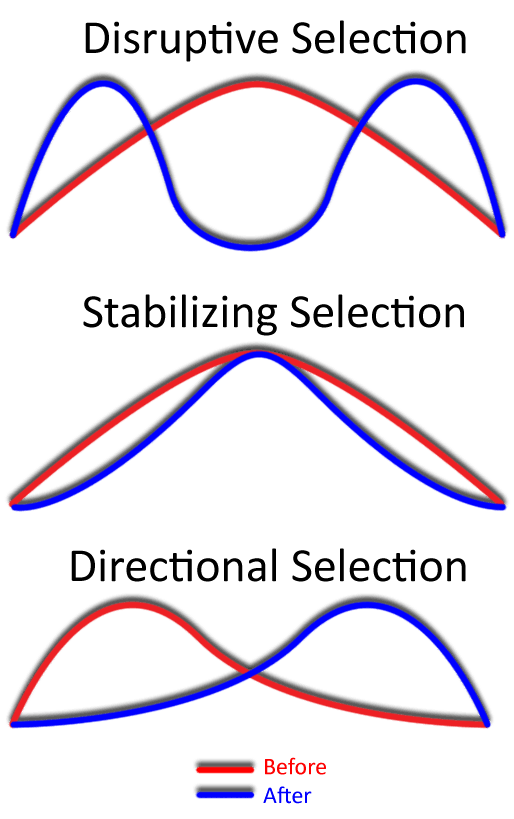How natural selection occurs
- Overproduction of offspring: Organisms produce large numbers of offspring, far more than the environment can support.
- Variation: The offspring exhibit variation in their phenotypes due to having different alleles.
- Struggle for existence: Due to limited resources, not all individuals survive and reproduce.
- Selection pressure: Environmental factors (such as weather) act as selection pressures which affect an organism's chance of survival. Individuals with certain alleles are more likely to survive and reproduce than others.
- Differential survival and reproduction: Individuals with advantageous alleles are more likely to survive and reproduce, passing on their genes to the next generation.
- Change in allele frequencies: Over time, advantageous alleles become more common, while disadvantageous alleles become less common.
- Adaptation: After many generations, the organisms become better adapted to their environment.

